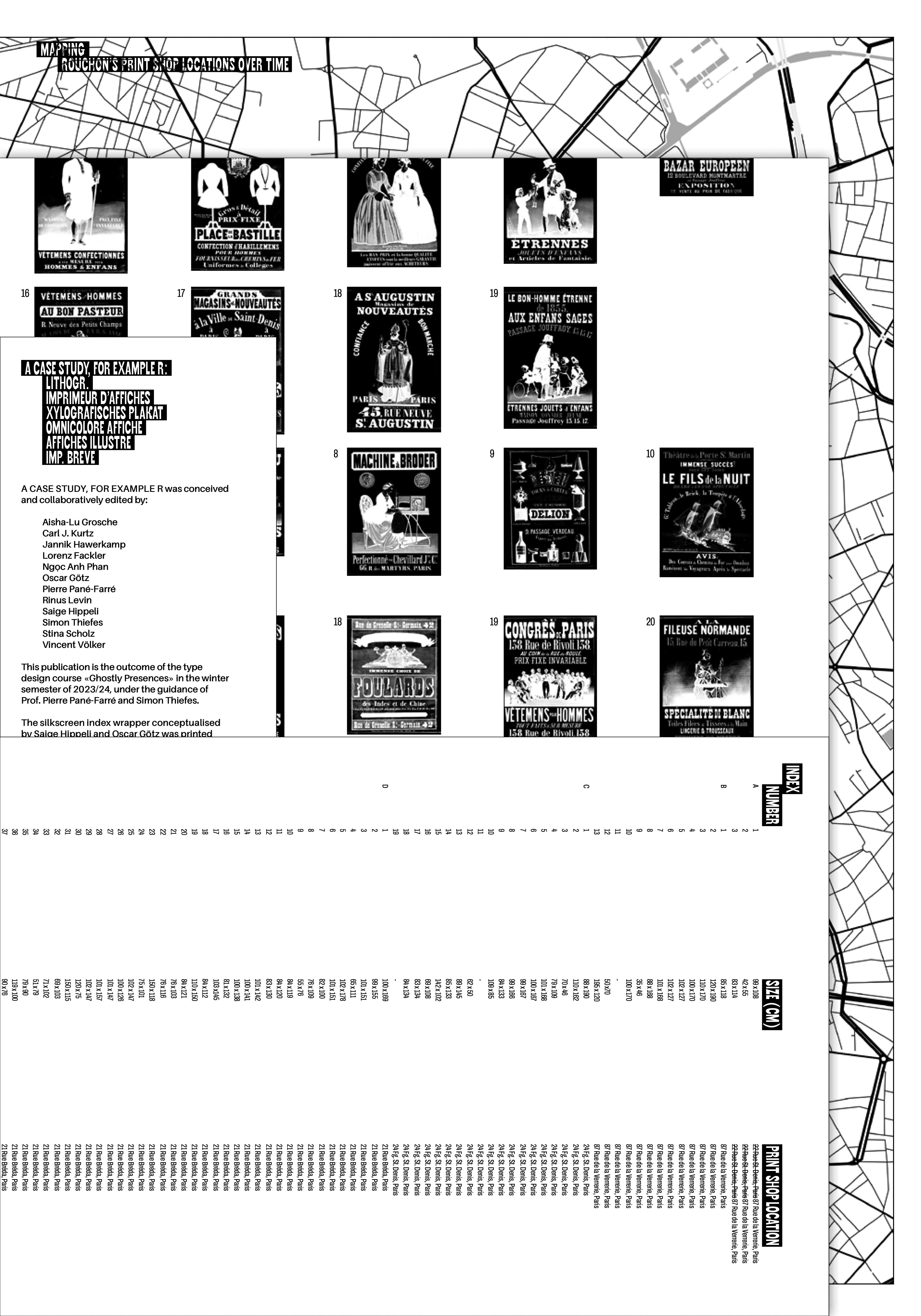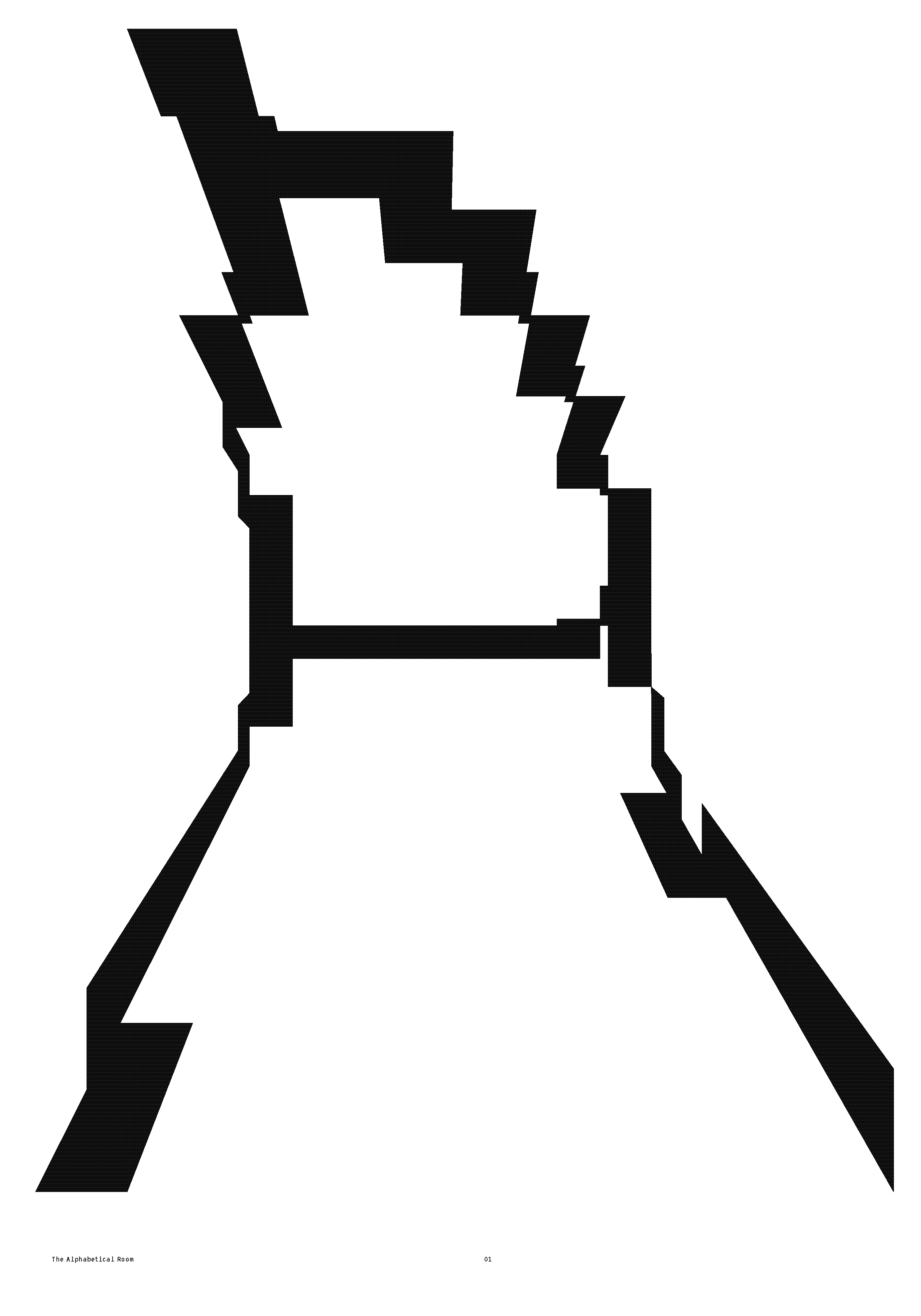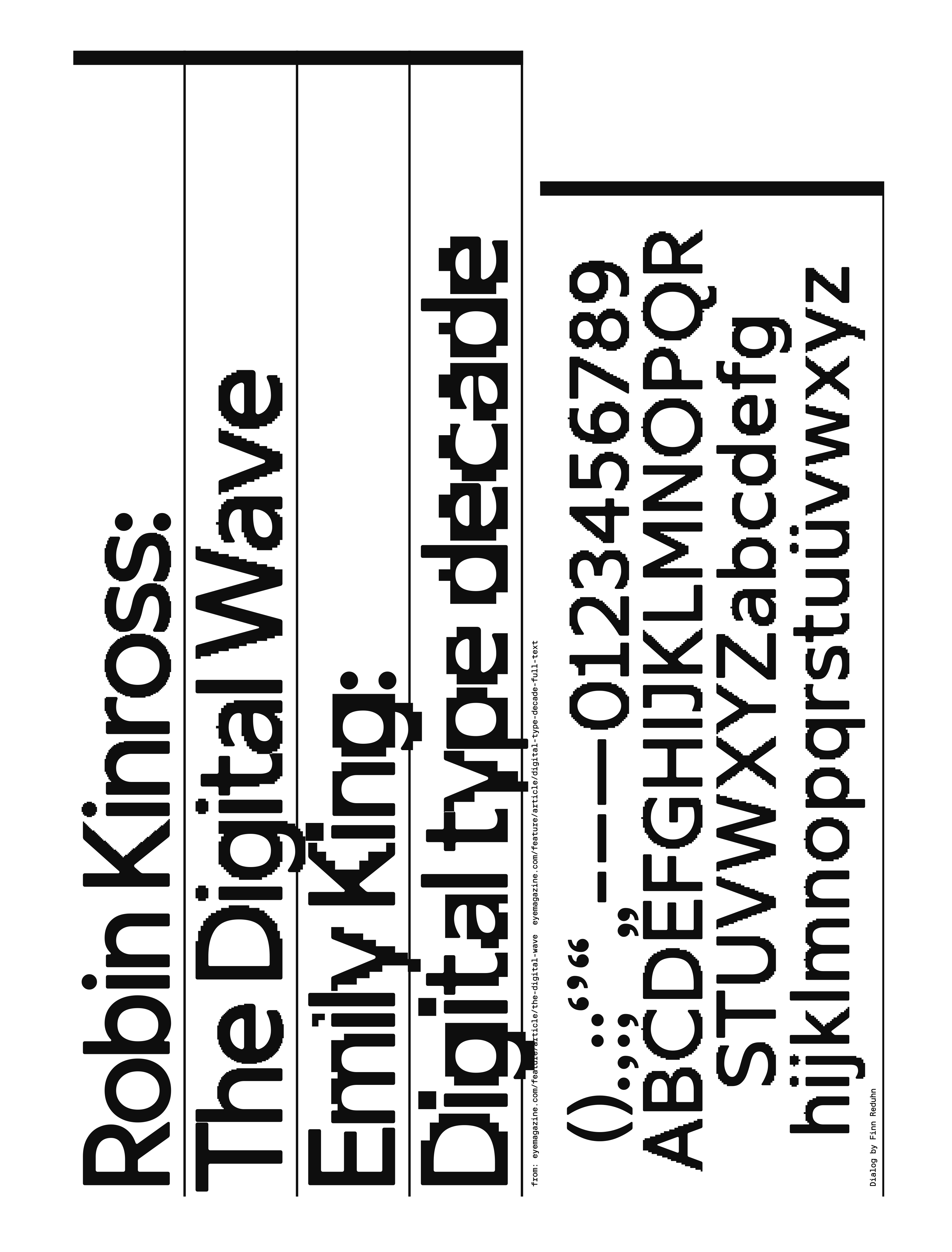Display,
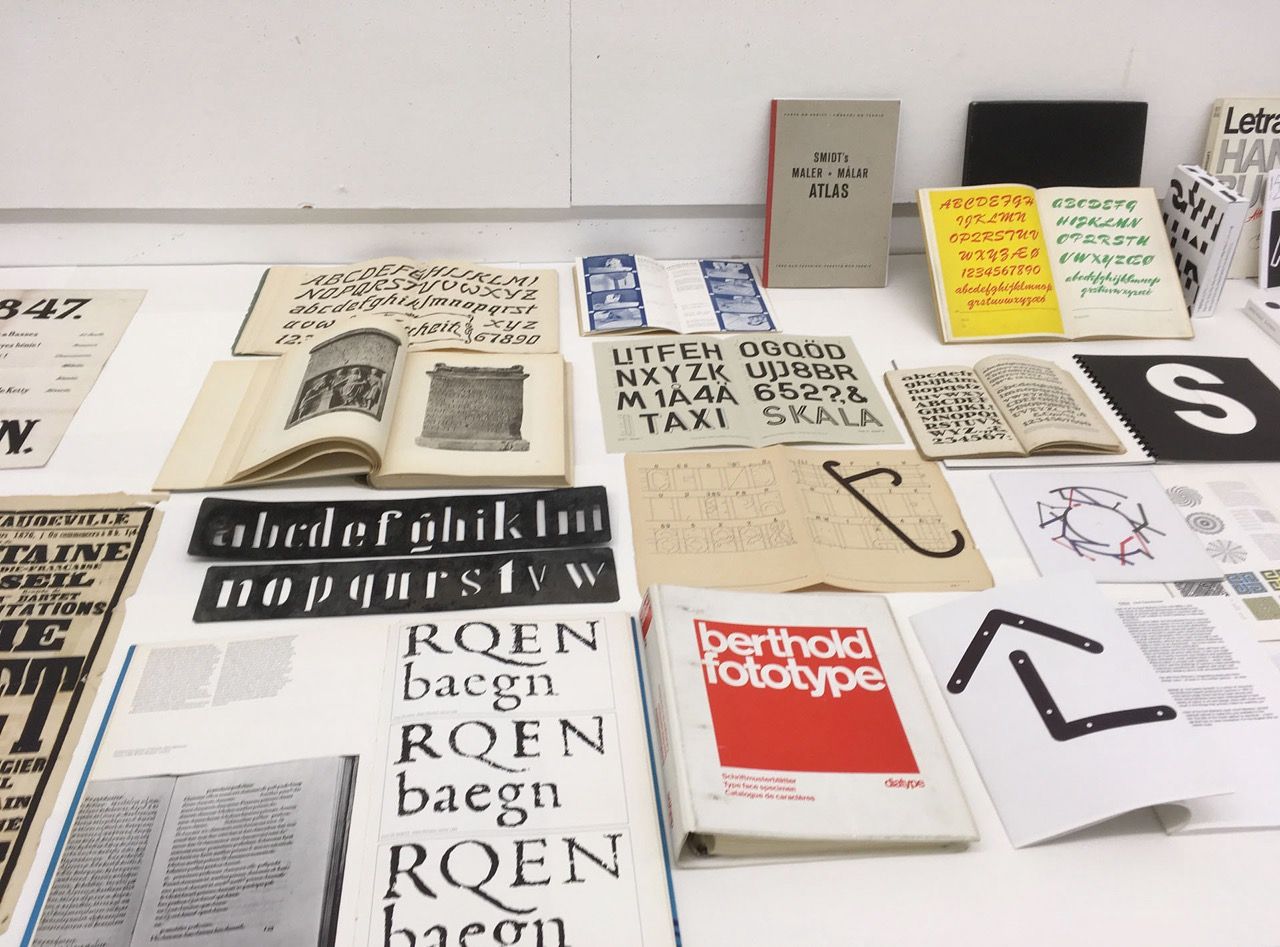

Tra Giang Nguyen (gydient), EVA - Exposed Virtual Anonymity exhibition in Ho Chi Minh City, Vietnam.
Developed from her BA thesis in 2023.
Developed from her BA thesis in 2023.
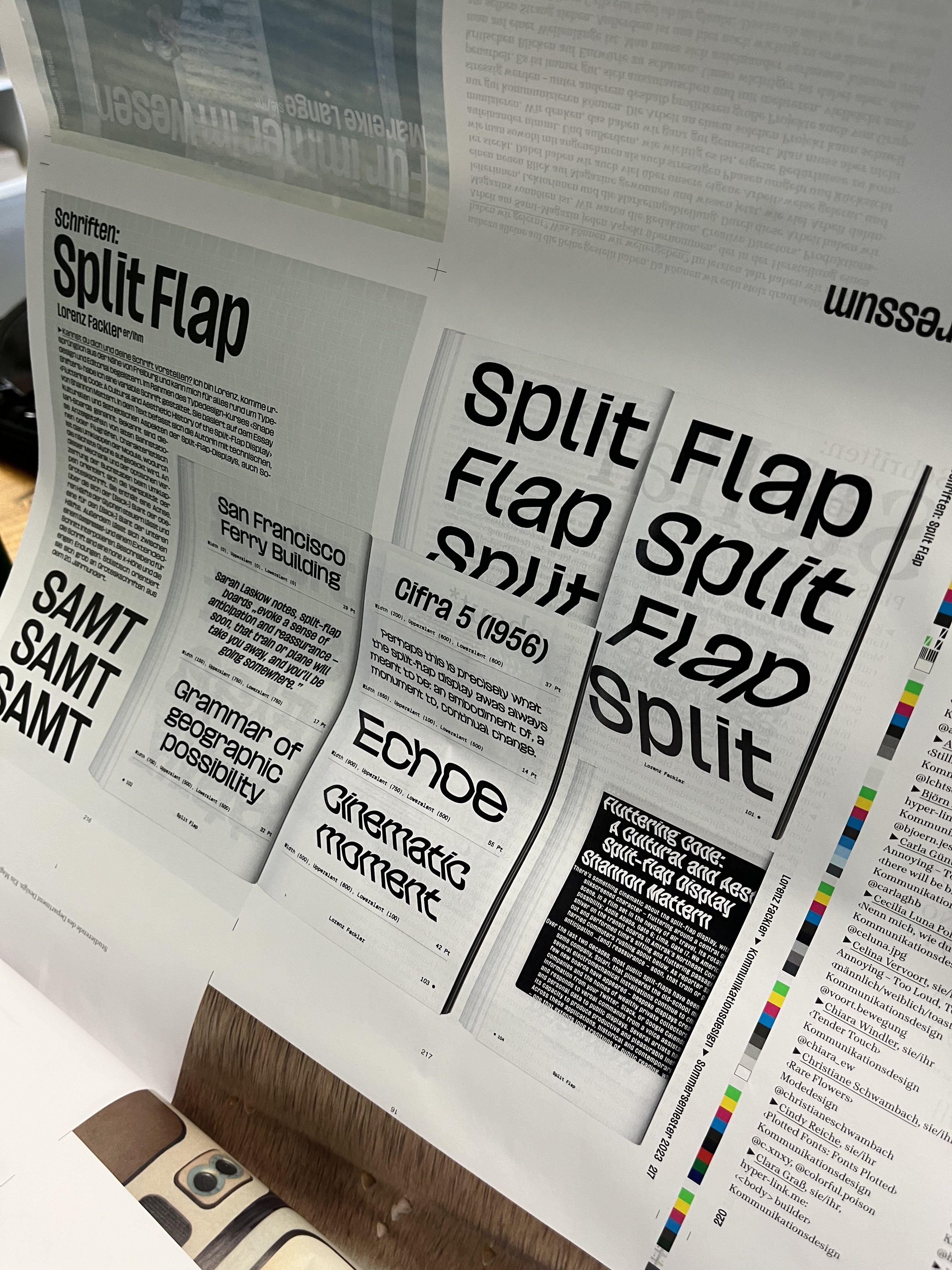
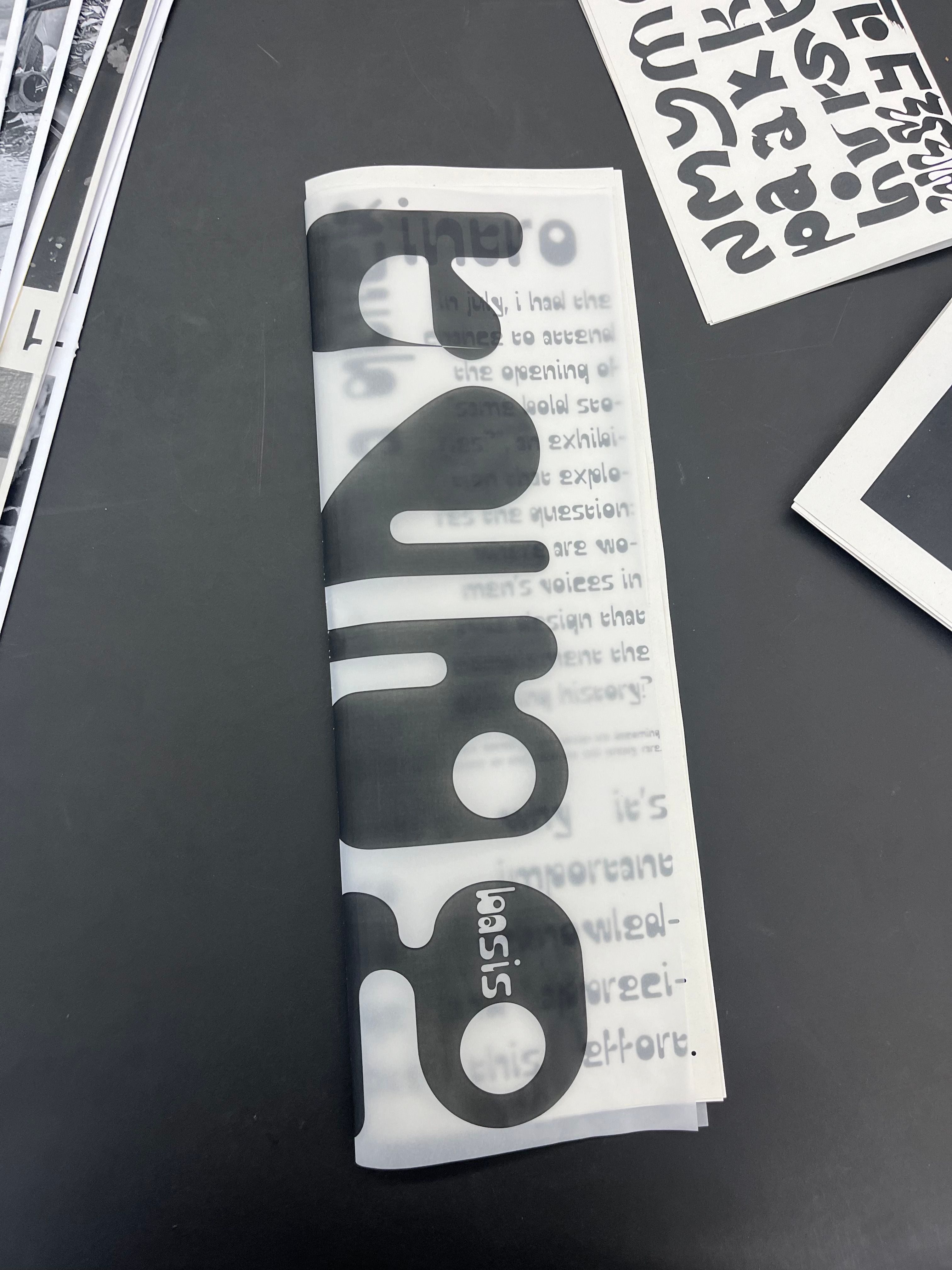
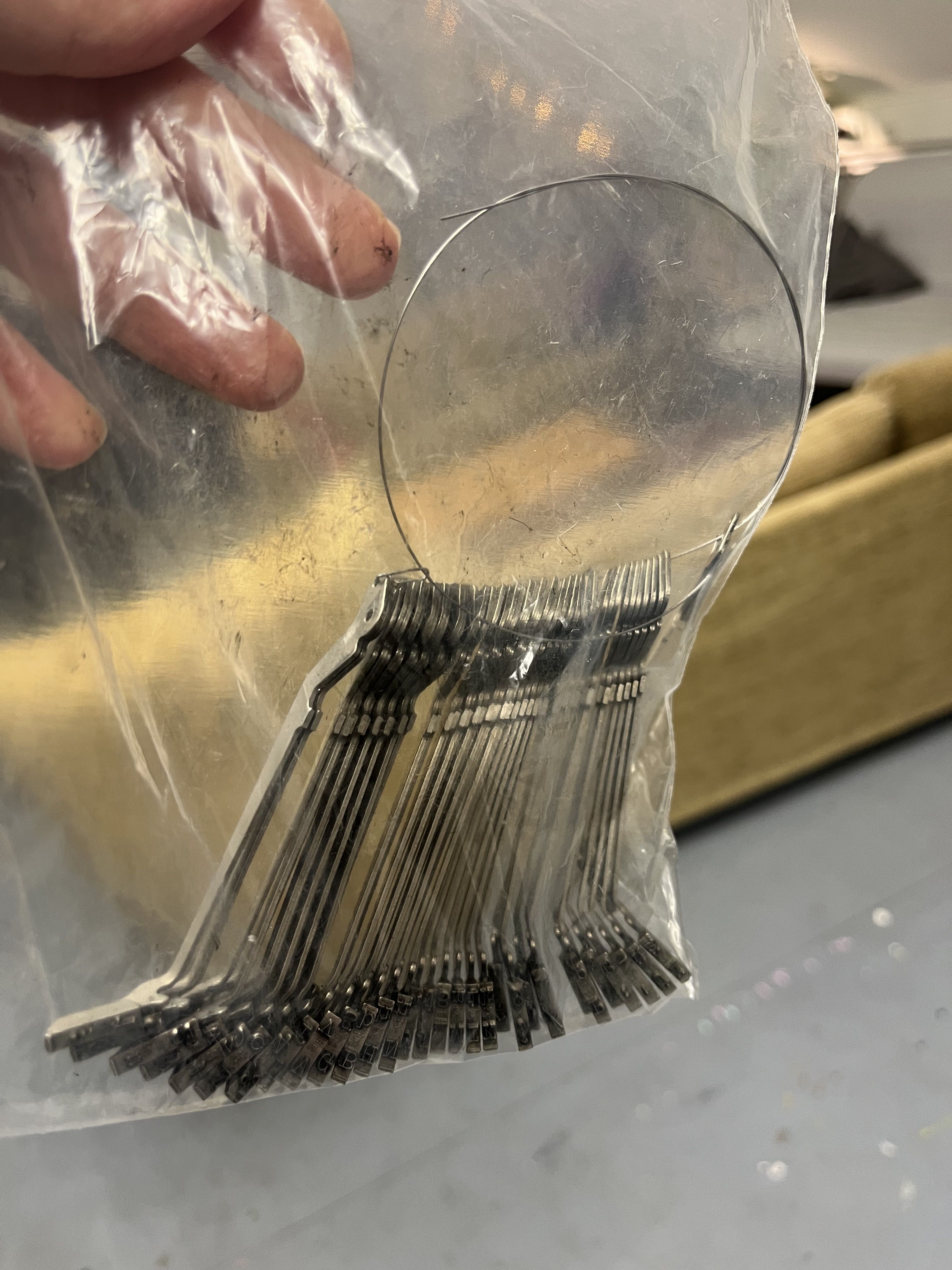
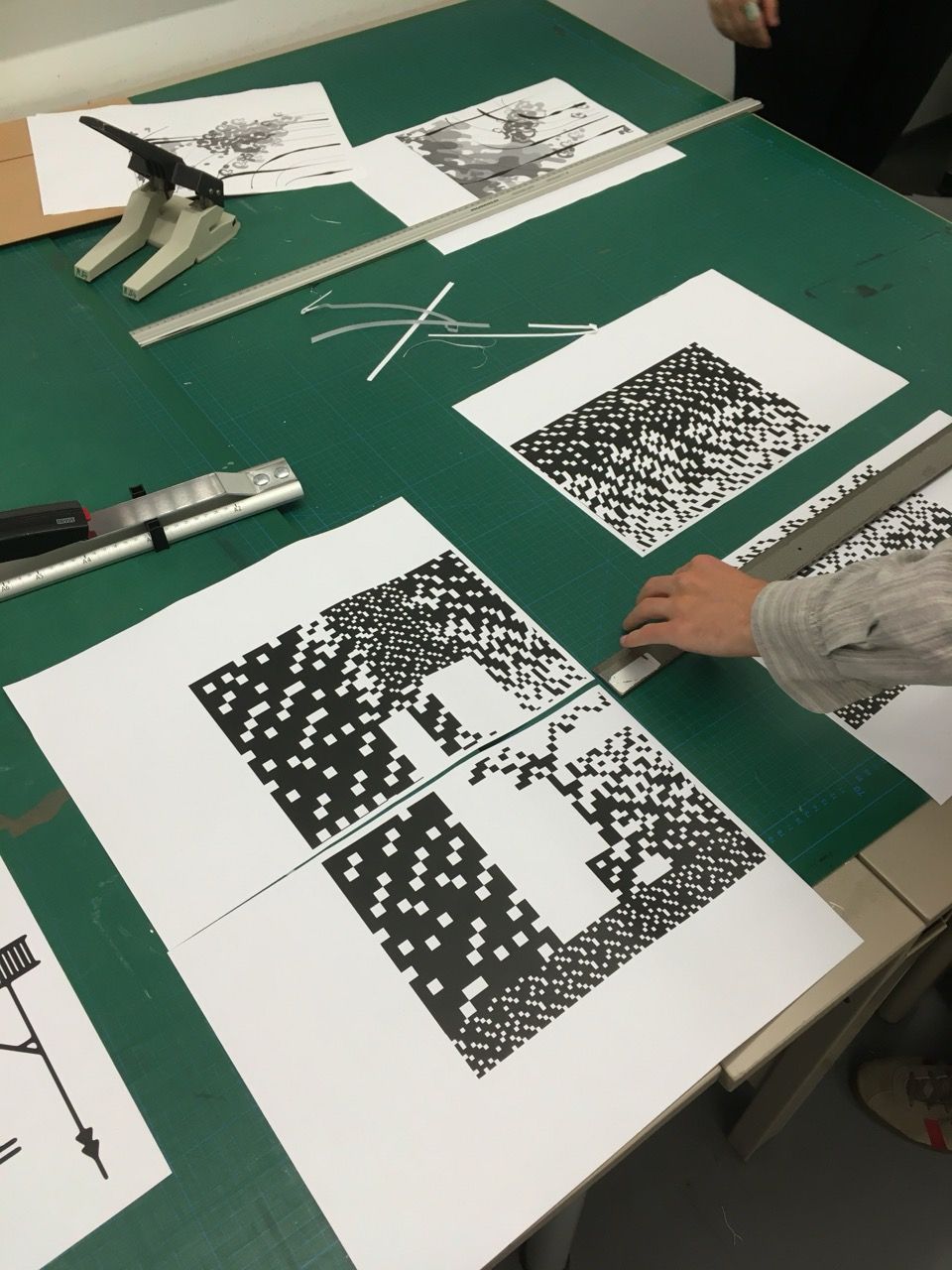
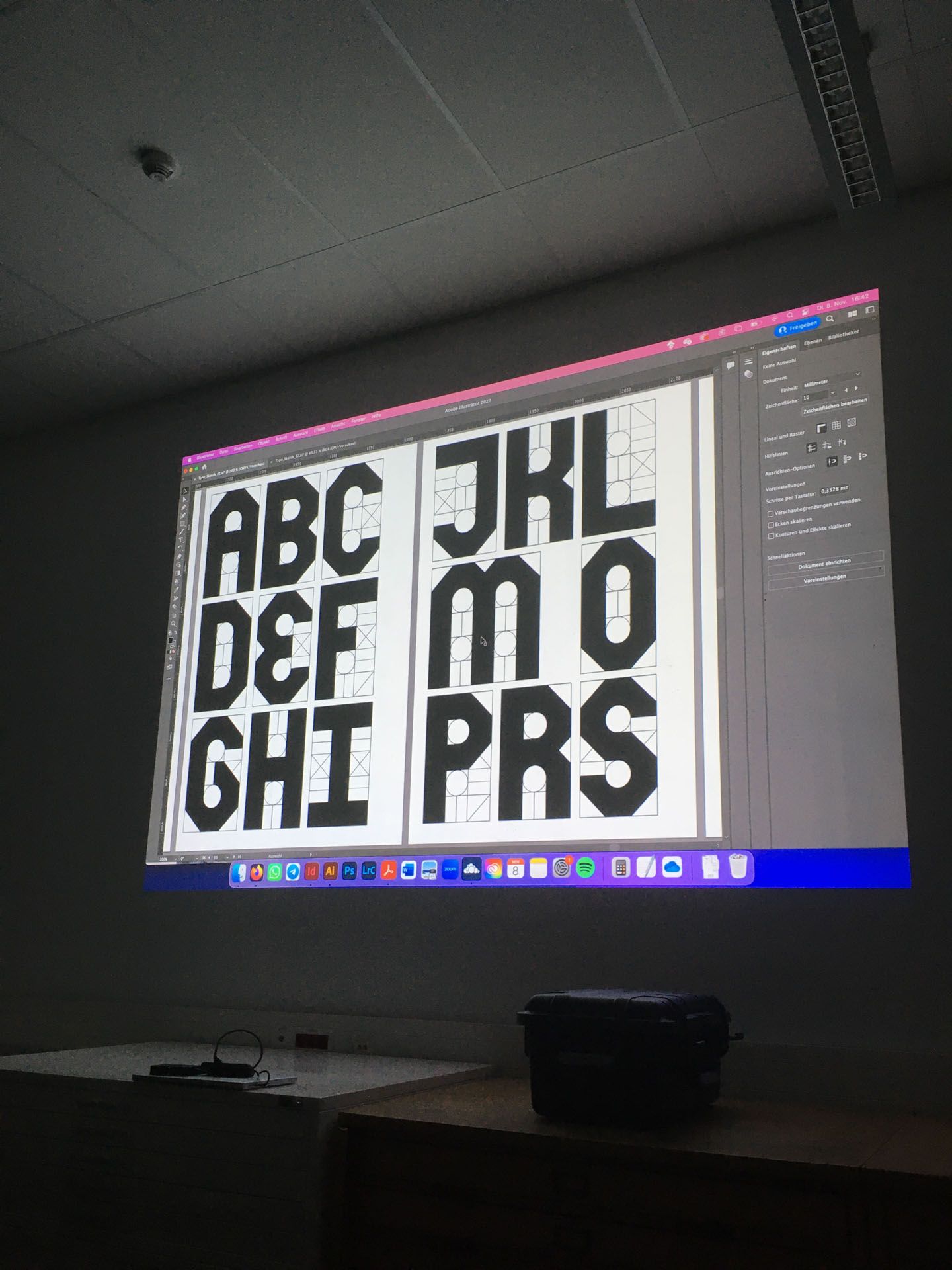

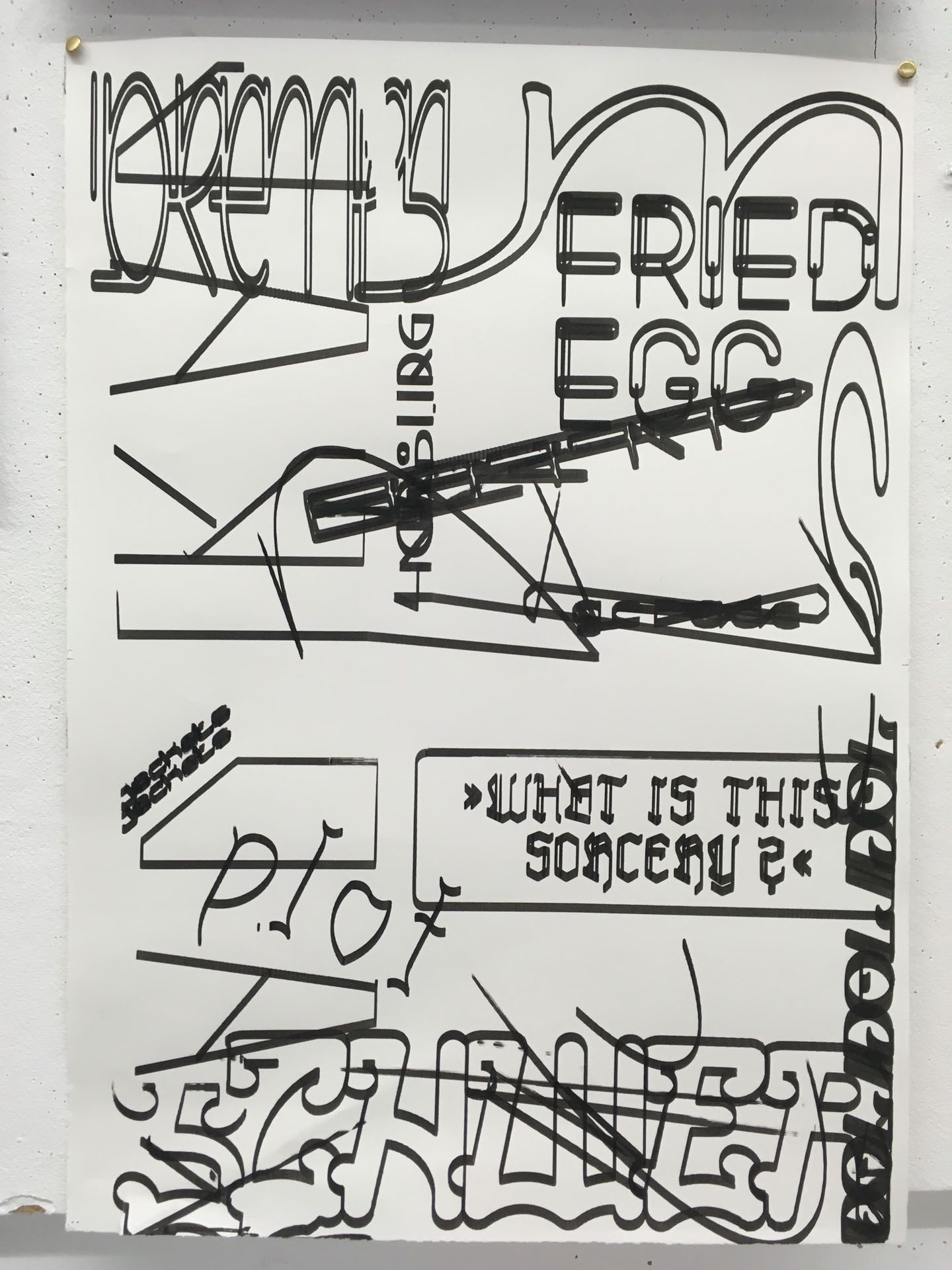
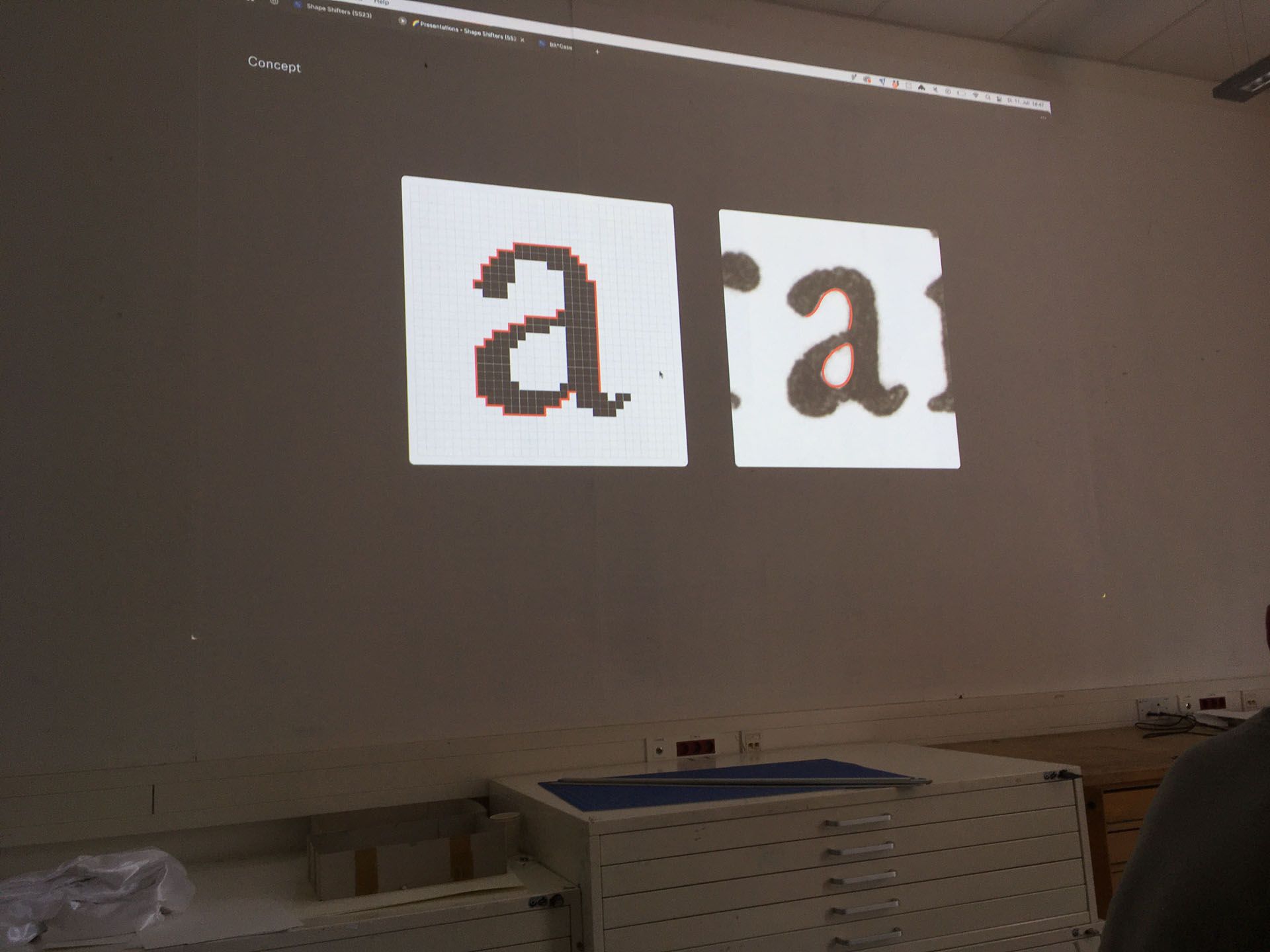
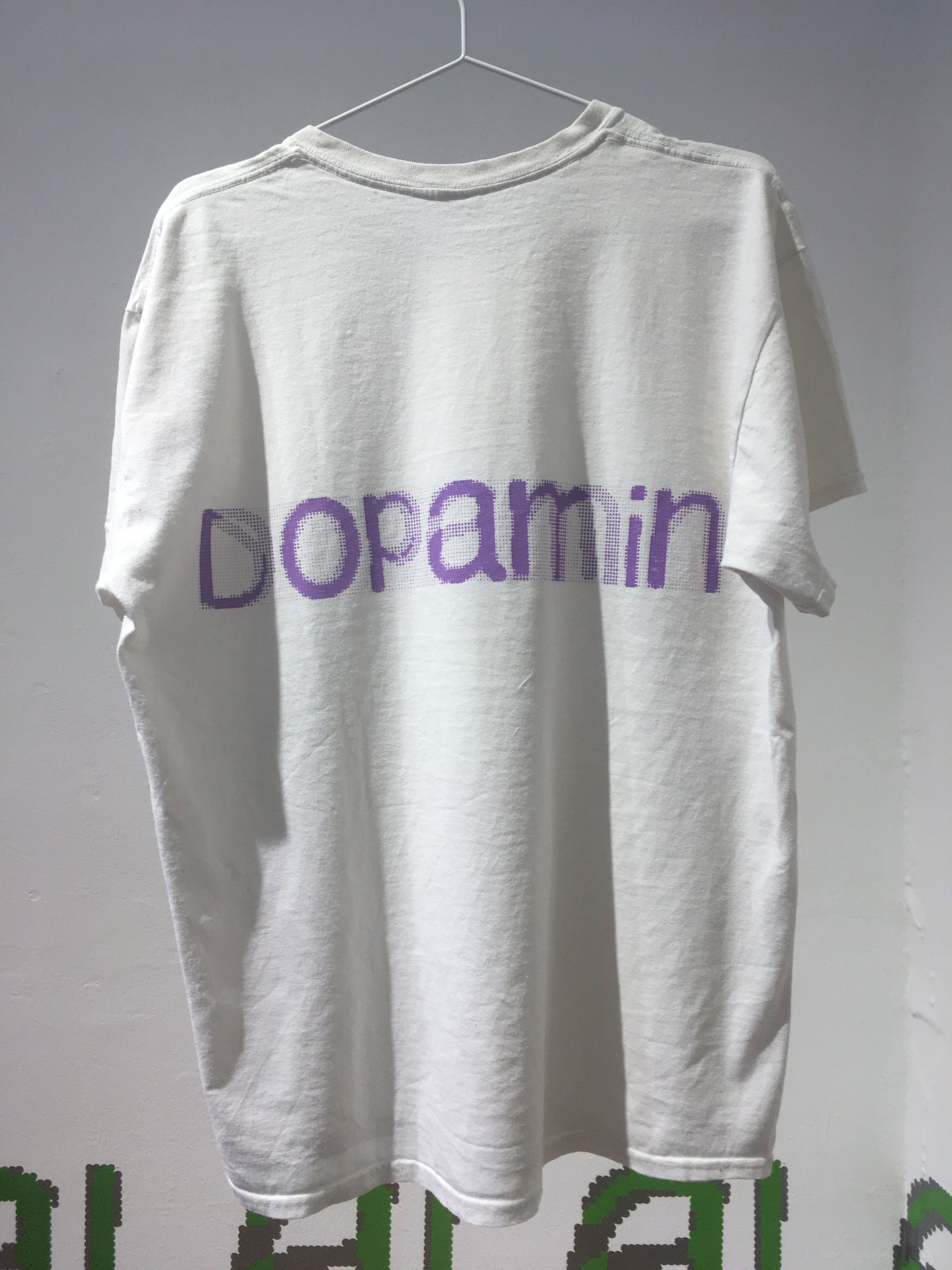
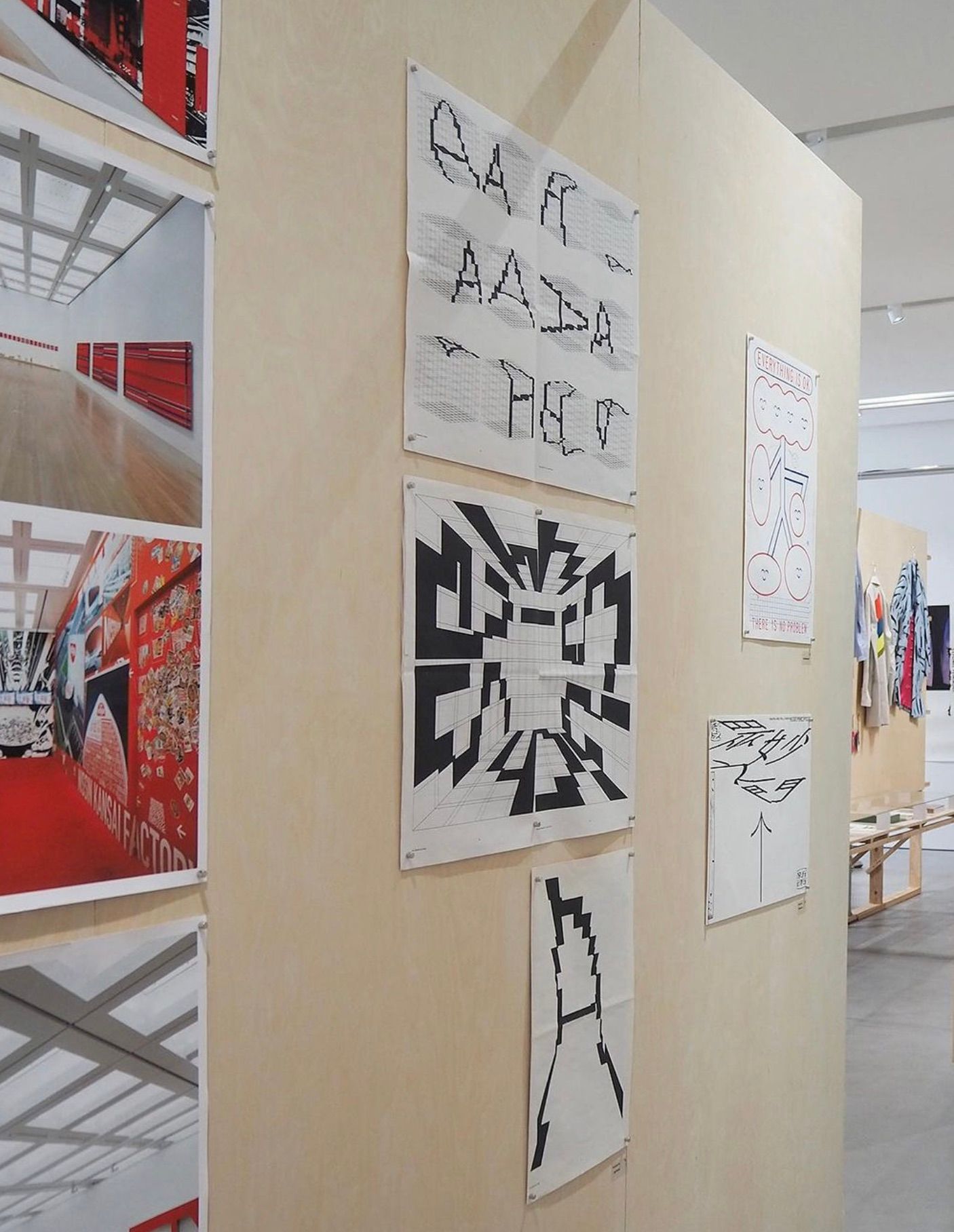
“The Alphabetical Room” on display in Hangzhou, China, as part of the @tokyotdc Selected Artworks 2022-2023 exhibition.
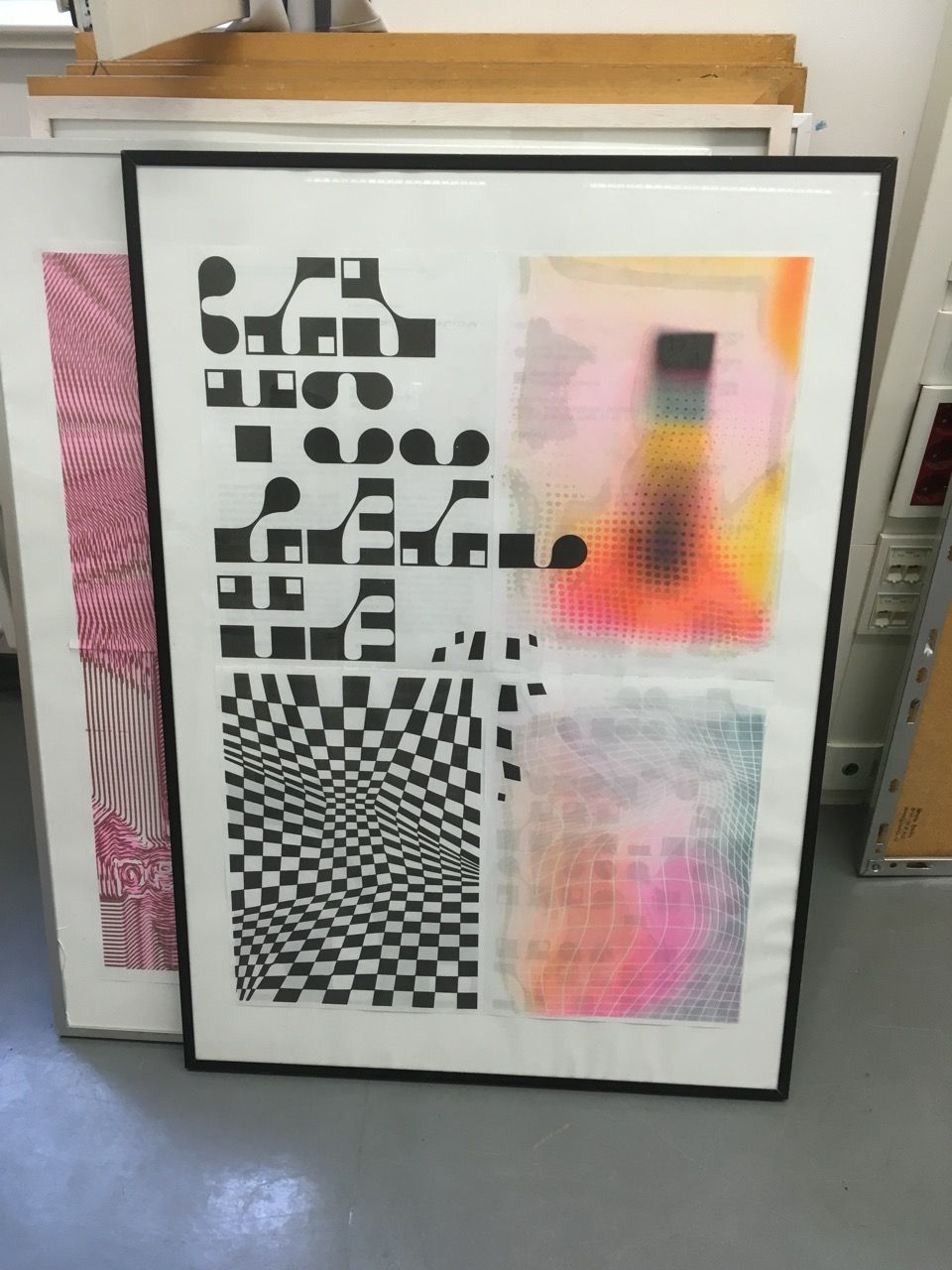
A1 multicolor riso printing and typedesign by Laura Haertl, winter term 2022.

“The Alphabetical Room” published in Slanted Magazine #40, Experimental Type 2.0.
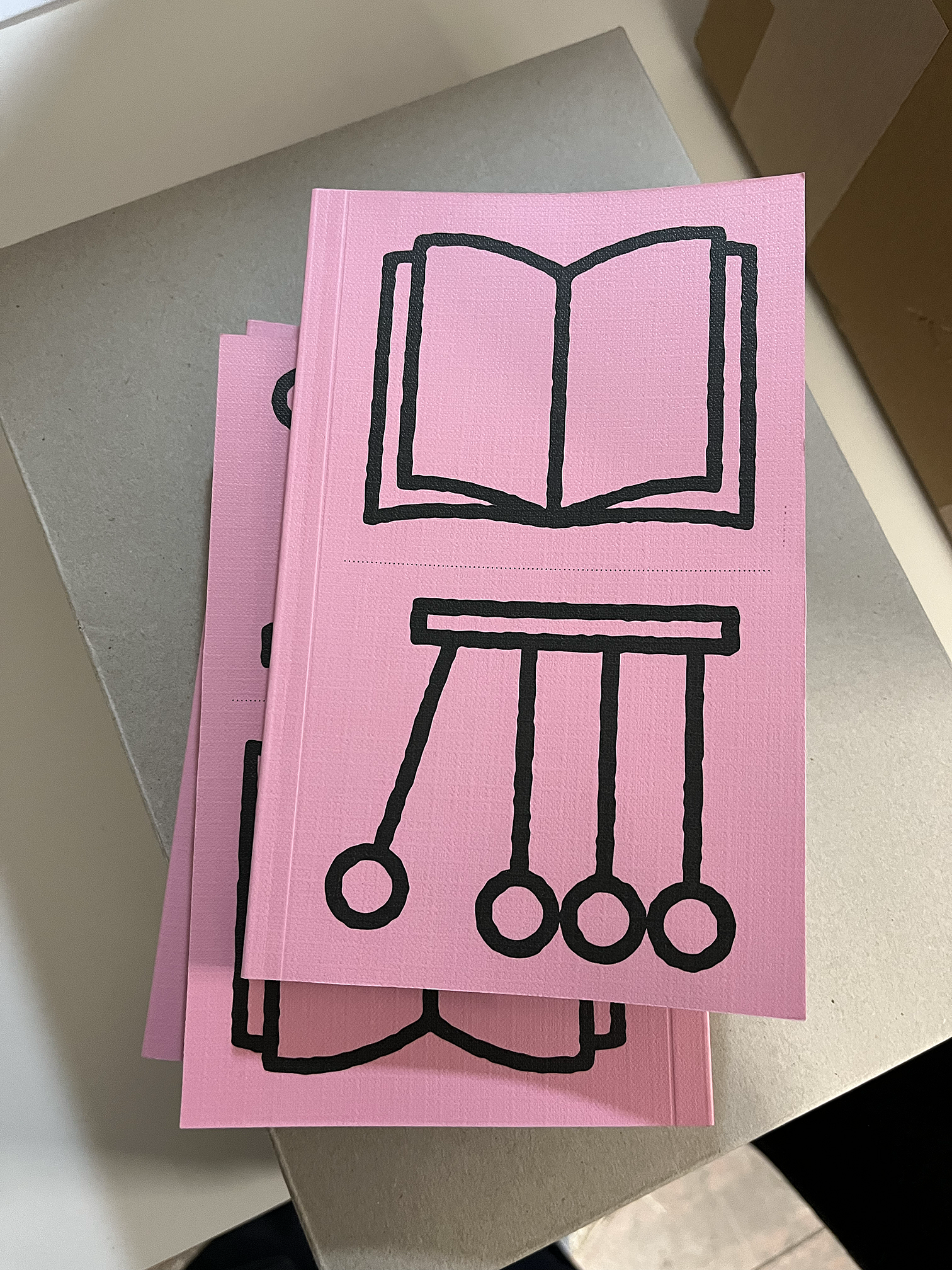


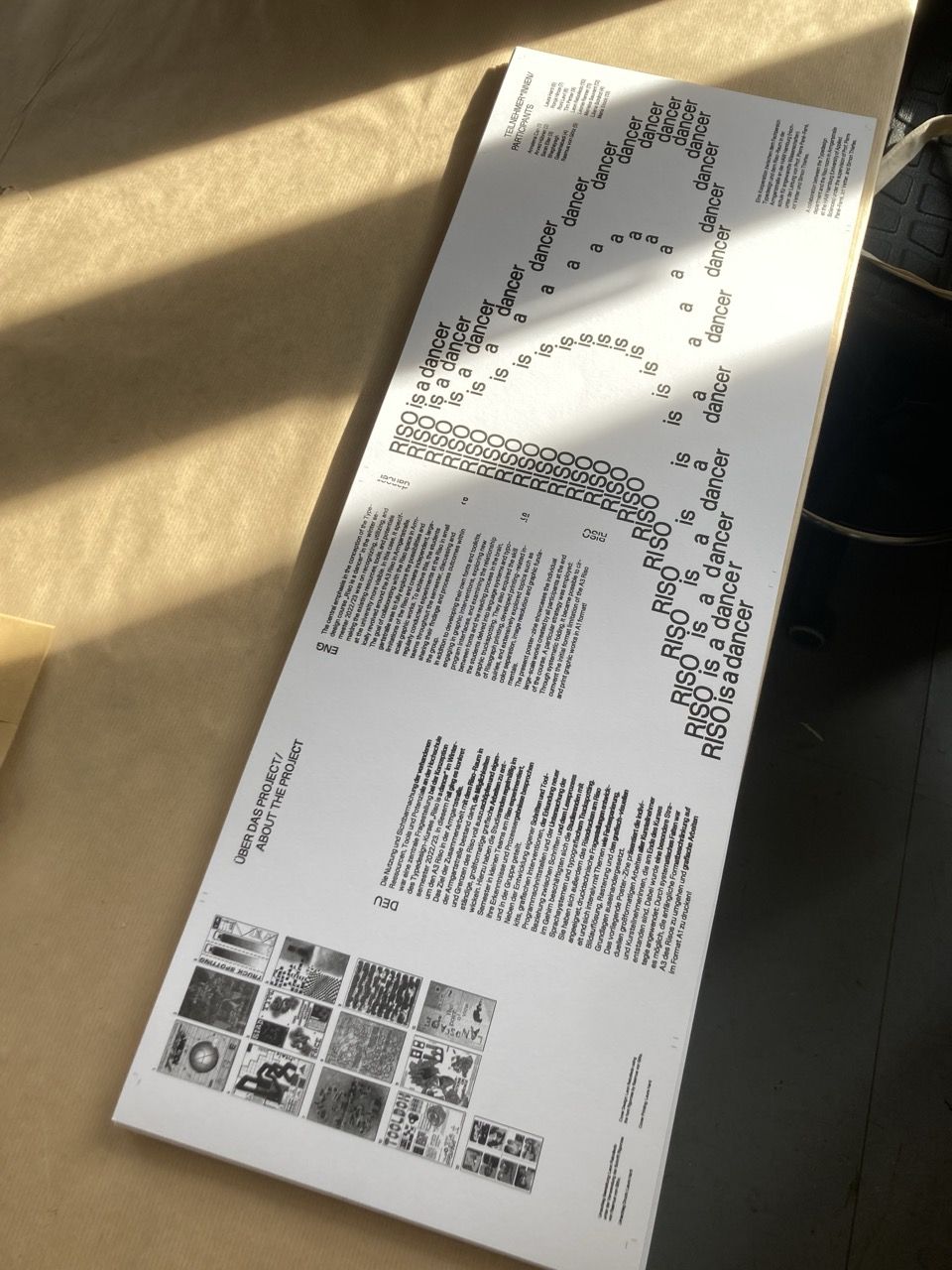
In use “Rigorosa Medium” by Rasmus von Goetz on the wrapper, designed by Leon Rebolledo, for the A1 riso-printed posterzine “Riso is a dancer”.
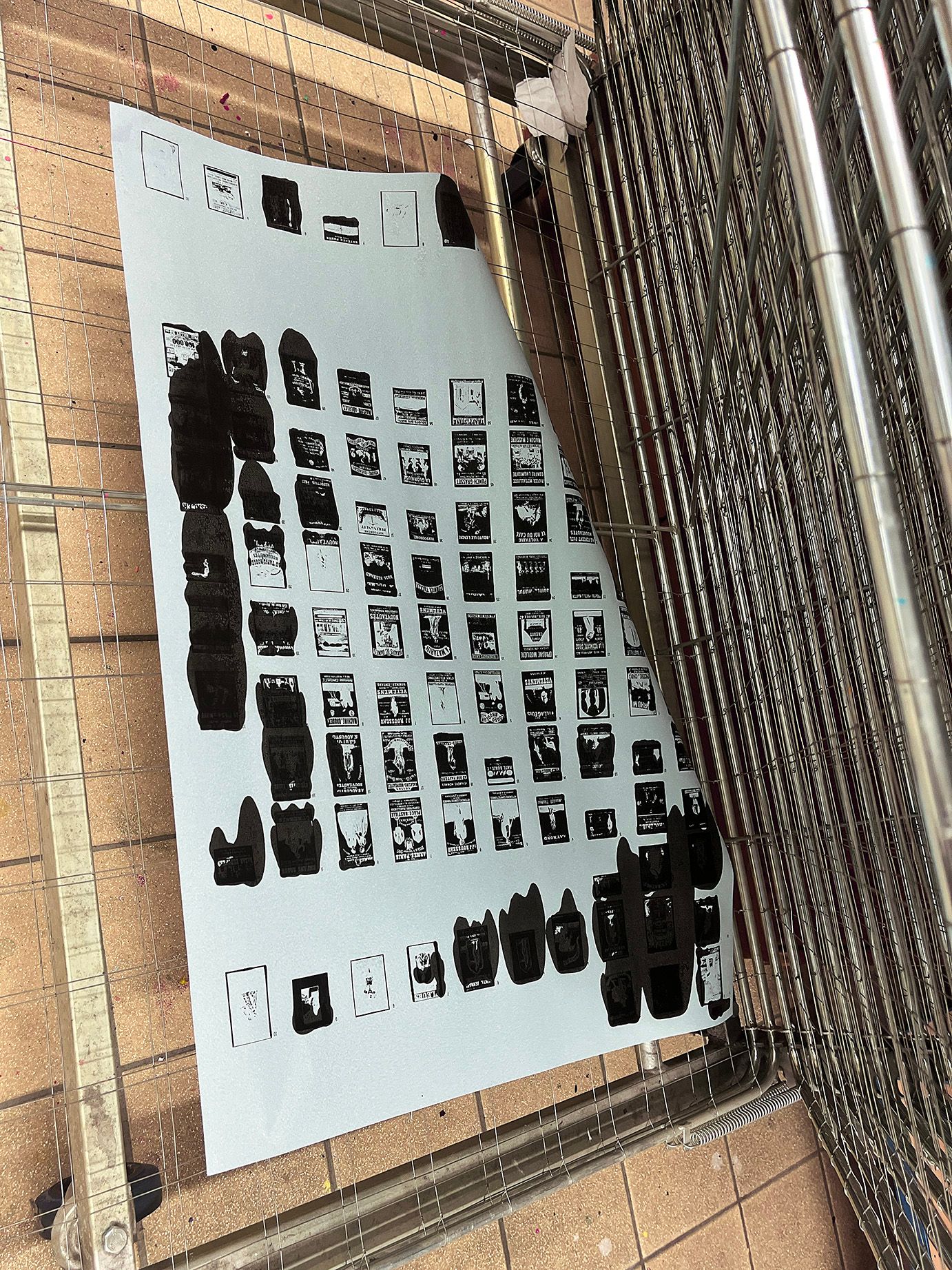

Lorenz Fackler, SplitFlap Variable (WIP), summer term 2023.
Grid
